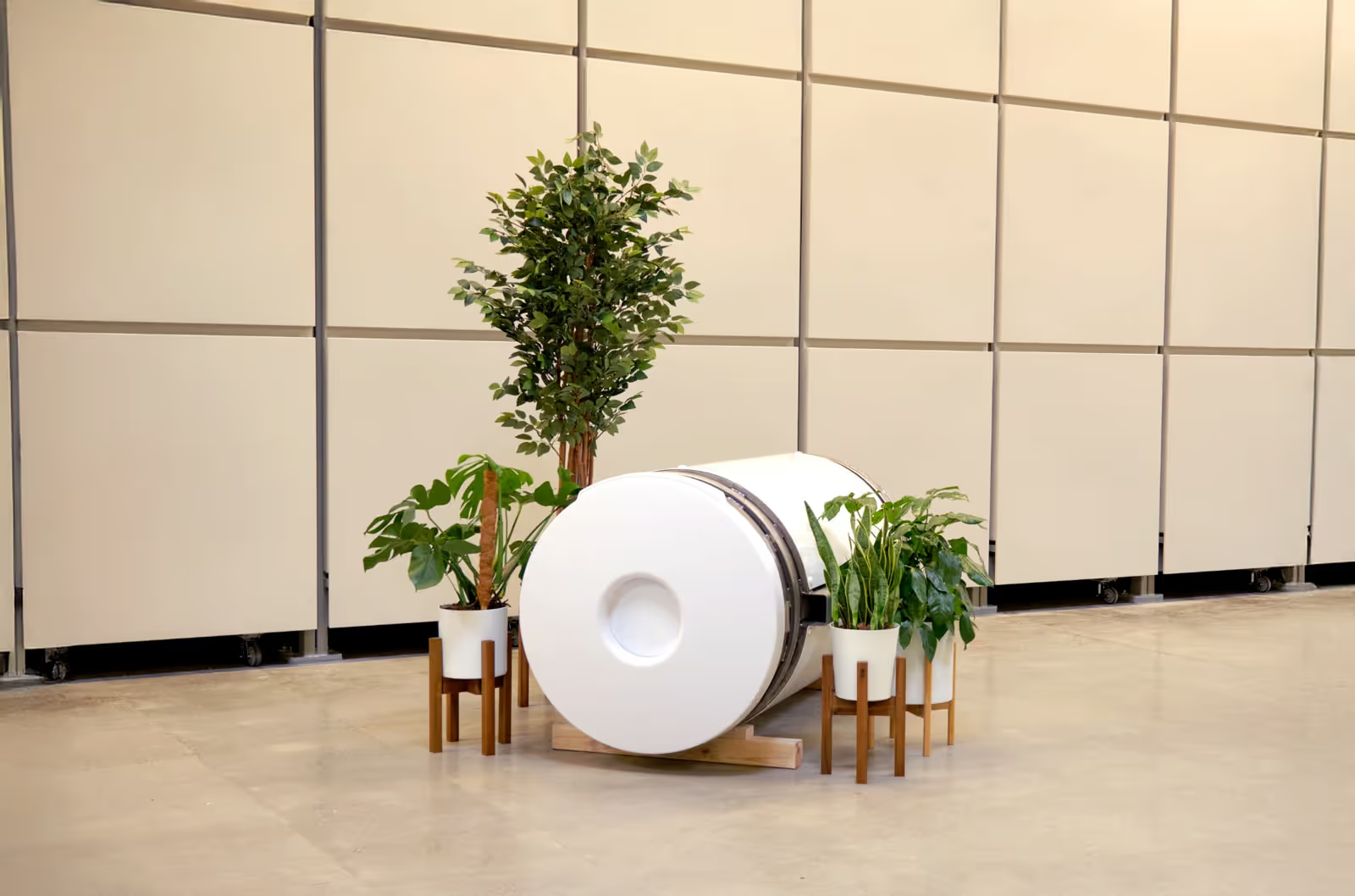
Table: How Your Funeral Impacts the Environment
by
Team Earth


by
Team Earth
Green Funeral Practice
|
August 15, 2023
The table on this page breaks down the elements of a typical funeral, describing the environmental impact of individual choices.
While some of the negative environmental impacts of traditional funerals are obvious, others are less commonly considered, and the full extent of an individual funeral’s effect is often underestimated.
Funerals don’t need to be environmentally damaging. They can even have a positive impact on the planet, as in the case of human composting.
At Earth, we call our proprietary human composting process ‘soil transformation’. Our process is net carbon neutral. We operate the most advanced human composting facilities in the world, which use 100% renewable energy and provide a serene environment that mirrors the beauty of the process.
Families choose how much soil they would like returned – to scatter or plant – and the remainder is sent to our beautiful conservation sites for land restoration projects. Our soil transformation process therefore not only avoids environmental harm, but actively benefits the planet for years to come.
If this appeals to you, read more on our website and get an instant online quote for our services.

Soil Transformation
On a recent episode of 50+ & Unfiltered, Stewart casually shared that she plans to skip burial and cremation entirely: “Oh, I’m going to be composted. These coffin things and all that stuff? No way.”
12/8/2025
3 min read

Green Funeral Practice
As families consider human composting as an alternative to cremation and burial, questions naturally arise about what happens to bones, dental work, and medical implants during the process.
11/5/2025
4 min read